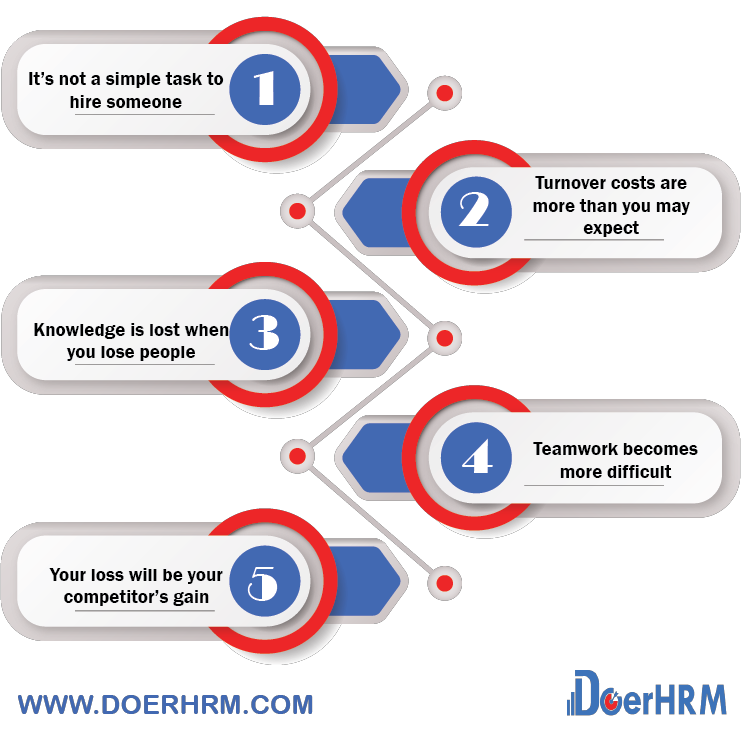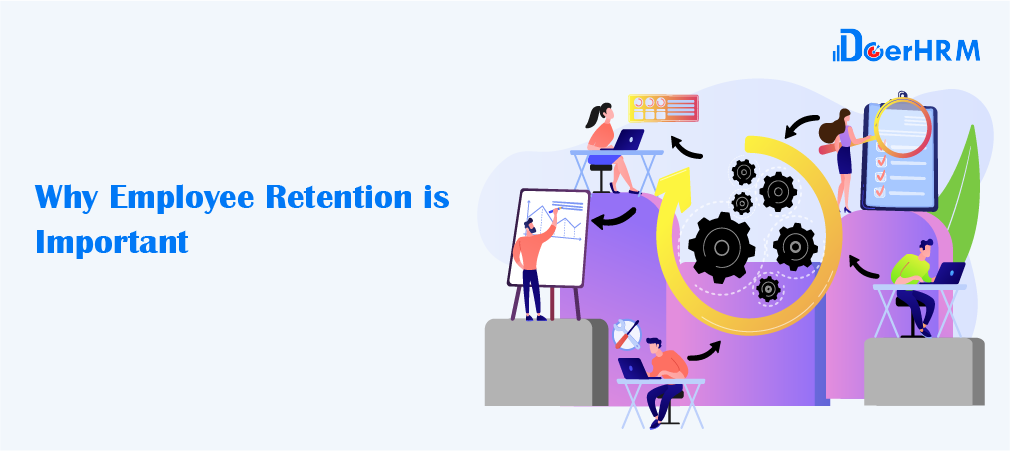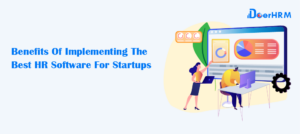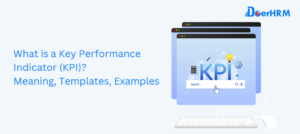In an increasingly competitive and dynamic labour market, it is essential for companies to understand why some employees leave and others remain, not just for financial reasons but also to retain top talent. Understanding what employees value, quantifying the financial effect of retention and turnover, and enhancing employee retention are all strategic benefits.
What is Employee Retention
An employee retention phenomena occurs when workers opt to remain at their present employer and do not actively look for other employment opportunities. Employee turnover is the polar opposite of employee retention, and it may occur for a number of reasons.
To put it another way, employee retention is the act of ensuring that employees stay with an organization. There is a wide range in the percentage of employees that stay with an organization or sector for a certain amount of time.
To succeed, companies must retain their finest employees on board. Employee retetntion is all about doing this. The term “employee retention” refers to a company’s efforts to reduce the risk of employee turnover, as well as the measures it takes to keep its best employees. Employee retention is one of the most difficult tasks facing by today’s businesses and HR teams.
Employees leave their employment for a variety of reasons. Some are voluntary, like adopting a new position, while others are involuntary, like being laid off. Rather than focusing on the loss of an underperformer, employee retention strategies aim to reduce the amount of employee turnover that is beneficial to the company as a whole. Turnover that may be avoided, such as an employee leaving because they are relocating out of state, is also addressed.
Why Employee Retention is Important

Having a lot of turnover may have a lot of negative effects on a company. For your company’s sake, here are five reasons why employee retention is so critical.
- It’s not a simple task to hire someone. It’s easy to get bogged down in details when it comes to filling a job.
- Refreshing and putting up a new job advertisement
- Resumes are examined
- A process that involves both a physical examination and an interview
- Performing a background check
- Re-offering an open position
- An investigation of a person’s background
- Completing official documents
- Notifying those who have been denied
- Your new employee’s on-boarding
Human Resource Management (SHRM) discovered that the average post is filled in 42 days (six weeks!). If you’re still utilising paper and spreadsheets instead of an ATS, the recruiting process will consume a lot of time, even if other work will be completed at that period.
2. Turnover costs are more than you may expect. An entry-level employee’s yearly wage is estimated to cost SHRM 50% of the cost of replacing them. Replace leaders or highly skilled employees, and that ratio jumps to as much as 250 percent. Onboarding, the process of assisting a new employee in becoming familiar with their work and the corporate culture, accounts for a significant portion of this cost. You may use this calculator to estimate the cost of onboarding a new employee in your company.
3. Knowledge is lost when you lose people. If you call it institutional knowledge, corporate knowledge, or anything else, vital information and skills might be lost forever if experienced employees depart without adequately transmitting their expertise to others.
4. Teamwork becomes more difficult. If team members often leave, it may be difficult for employees to form bonds and work well together. Having to train new personnel is also a burden on the company’s current workforce.
5. Your loss will be your competitor’s gain. You may lose valuable assets if an employee leaves your company and goes to work for a rival.
What Role Does Technology Play in Employee Retention?
An effective human capital management strategy involves a well-considered plan for keeping the talented individuals that your organisation recruited, onboarded, and trained with care. It is sound business practise: Costs associated with replacing an employee might vary between one-half and two times the person’s yearly compensation. Additionally, company culture, employee happiness, and other intangible expenses add up.
Clearly, businesses who do not value employee retention pay a hefty price. Those that engage in enhancing employee retention and tackling turnover issues, however, gain substantial benefits. They report increased revenue, enhanced productivity and work quality, and enhanced staff morale.
The most effective way to handle employee retention strategies and associated data is via a human resources management system (HRMS). The suite of HR software products facilitates all phases of the employee lifecycle, including applicant management, onboarding, and employee engagement. The tools will assist you in comprehending your turnover rate and monitoring the progress of any efforts taken to resolve any problems.
The performance of your employees determines the success of your business, thus it is essential to prevent your best performers from leaving. With the right tools, retention strategies may be streamlined and accelerated.
Our OKR solution helps in employee retention by giving an all-inclusive platform for recognition, successful 1-on-1s, goal monitoring, performance evaluation, and 360-feedback. These solutions may enhance the work experience and assist you in retaining top employees in the future.






